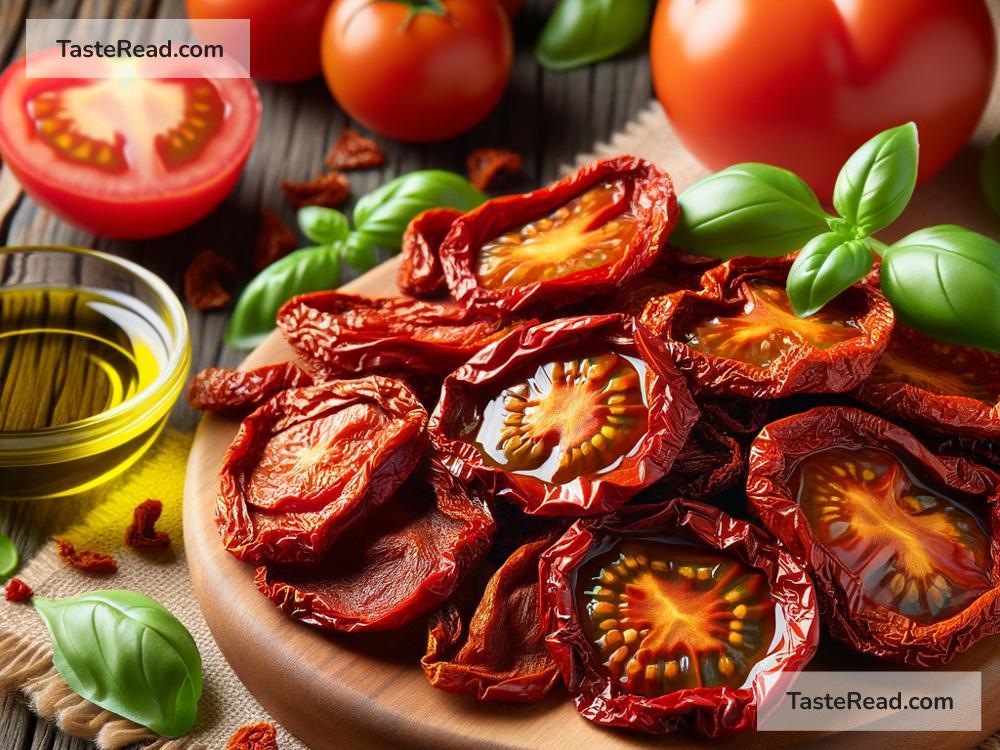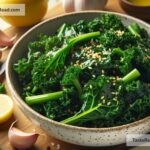How the Drying Process Concentrates Flavors in Vegetables Like Tomatoes
If you’ve ever tasted sundried tomatoes or dried fruits, chances are you’ve noticed how much richer and sweeter they taste compared to their fresh versions. Drying is a fascinating process that not only preserves vegetables and fruits but also enhances their natural flavors. In this blog, we’ll explore how drying concentrates flavors in vegetables like tomatoes, and why this simple technique can transform your cooking.
What Happens When Vegetables Are Dried?
To understand how drying boosts flavors, we need to look at what happens during the drying process. Fresh vegetables, including tomatoes, contain a significant amount of water. In fact, a ripe tomato is about 94% water! Most of its flavor comes from sugars, acids, and aromatic compounds dissolved in this water. These molecules work together to create the tomato’s bright, tangy, and slightly sweet taste.
When a vegetable is dried, the moisture inside it evaporates. Since water makes up such a large part of the vegetable, removing it leaves behind all the concentrated solids, which include the sugars, acids, and flavor molecules. Without the water to dilute these elements, the flavors become bolder and more intense.
Why Dried Tomatoes Taste So Different
Now let’s focus on tomatoes, a favorite vegetable for drying. Fresh tomatoes are juicy, tart, and mildly sweet, making them an everyday staple in salads, sauces, and sandwiches. When dried, tomatoes undergo a remarkable transformation. They shrink significantly because of the lost water, but their natural sweetness and tanginess become concentrated, resulting in a rich, almost candy-like flavor.
Here’s why dried tomatoes taste so different:
-
Water Loss Amplifies Sugars: As the juice evaporates, the sugars inside the tomato stay behind. The sweetness becomes much stronger because it’s no longer diluted by water. This is why sundried tomatoes taste sweeter than fresh ones.
-
Acid Concentration: Tomatoes contain natural acids like citric and malic acid, which give them their tangy flavor. These acids also become more concentrated during drying, resulting in a sharper, more intense taste.
-
Flavor Complexity: When tomatoes are dried, the heat and air from the drying process can change the chemistry of some flavor compounds. This creates deeper, more caramelized notes that add complexity to the taste.
-
Texture Changes: Dried tomatoes also develop a chewy texture, which adds a different sensory experience compared to the soft juiciness of fresh tomatoes.
Benefits of Drying Vegetables Beyond Flavor
Drying vegetables isn’t just about enhancing their taste. It also has practical benefits that make dried vegetables a great addition to your pantry:
-
Long Shelf Life: Dried tomatoes can be stored for months or even years when kept in a cool, dry place. This is because bacteria and mold need moisture to grow, and the drying process removes most of that moisture.
-
Convenience: Dried vegetables are lightweight and easy to store. They’re perfect for camping trips, packed lunches, or adding to recipes without the hassle of washing and chopping fresh produce.
-
Versatility in Cooking: Dried tomatoes, for example, can add bursts of flavor to soups, pasta, salads, and pizzas. You can also blend them into sauces or grind them into powders for seasoning.
-
Nutritional Richness: While dried vegetables lose some vitamins like Vitamin C during the drying process, the nutrients that remain become more concentrated. For example, sundried tomatoes are rich in antioxidants like lycopene, which is beneficial for heart health and helps prevent damage from free radicals.
How to Dry Tomatoes at Home
Making your own dried tomatoes is easy and a lot of fun. Here’s a simple guide:
-
Choose the Right Tomato: Plum or Roma tomatoes work best because they have less water content compared to larger, juicier varieties.
-
Slice Evenly: Cut tomatoes into even slices to ensure they dry at the same rate.
-
Remove Seeds (Optional): Removing extra seeds helps speed up the drying process, but it’s not necessary.
-
Use an Oven or Dehydrator: Place tomato slices on a baking tray (or dehydrator tray) and sprinkle with salt for flavor. Set the oven to a low temperature, around 200°F (93°C), and let the tomatoes dry for 6–10 hours. If you’re using a dehydrator, follow the manufacturer’s instructions.
-
Store Properly: Once fully dried, store your homemade dried tomatoes in airtight containers or jars. For added longevity, pack them in olive oil to preserve their texture and flavor.
Beyond Tomatoes: Other Vegetables That Benefit from Drying
Tomatoes may steal the show when it comes to flavor concentration, but other vegetables benefit from drying too. Bell peppers, mushrooms, zucchini, and even onions can become flavor-packed additions to your recipes once dried. They undergo similar transformations—losing water and gaining intensity in taste.
Conclusion
Drying vegetables is an ancient preservation method that continues to charm modern kitchens. For tomatoes and other veggies, the process does more than extend shelf life—it transforms their natural flavors into something unique and extraordinary. Whether you purchase sundried tomatoes or make your own at home, dried vegetables can elevate your cooking and bring bold, concentrated taste to your dishes.
Next time you take a bite of a sundried tomato, remember: its flavor is a result of nature’s own magic—the simple act of drying and concentrating what’s already delicious in fresh produce.


